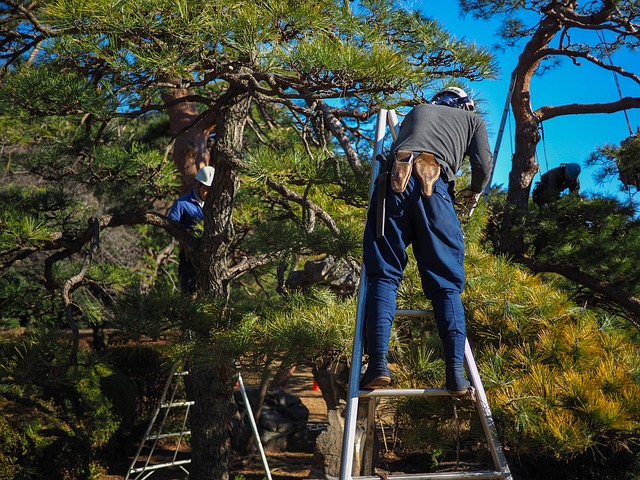Anthracnose Treatment

Anthracnose: What Causes it?
Anthracnose is a close-related fungal disease that can be spread quickly by windy or damp weather conditions and various construction projects.

Anthracnose disease is not likely to cause permanent damage or death, but it can leave trees with an unsightly appearance and make them more vulnerable to pests and other diseases. Keller’s most popular leaf-shedding tree species include oak, maple and sometimes walnut. They are prime targets of anthracnose invasion.
Anthracnose fungal is visible as a result of wounds to tree limbs, reduced twig production, premature shedding, and many other leaf discolorations and deformities. An untrained person may mistakenly believe that the blackened leaves are frostbite. A Keller’s certified arborist, however, is skilled enough to recognize and accurately assess the stage in which anthracnose has advanced.
Anthracnose Disease: An Insider’s View
Keller Tree Service & Stump Grinding-experienced arborists should contact an Keller tree specialist if the tree seems to be in danger of falling, is in poor health or has other symptoms. Different tree varieties may have different symptoms, such as leaf spots, blotches or irregularities. A skilled arborist is qualified to diagnose. If anthracnose is present in the current season and the tree shows obvious signs or has advanced disease, it cannot be treated. Preventative measures must be taken and all branches and twigs must be removed immediately. To stop the spread of the disease, dead branches and leaves should be removed. Because of the potential for rapid spread, it is not recommended to use above-ground sprinklers. Keller tree specialists will conduct diagnostic tests to determine the right treatment and when to start.
The Best Way to Treat Anthracnose Fugue Disease
Winter pruning can be very effective in stimulating circulation and improving the health of trees. To prevent the spread of anthracnose, it is important to remove any branches that are damaged. Proper pruning will be done by a Keller, TX tree trimming professional. Unless the tree has been suffering from severe thinning and loss of leaves over many years, it is unlikely that chemical treatments will be necessary. Fungicides don’t cure anthracnose but preserve and protect healthy trees and limbs. Keller arborists should be certified to accurately determine which type of chemical is required and the best time for application. Fungicide application times vary depending on the severity of disease, season, and damage. For large trees, high-power spraying is required to ensure full coverage. Professional tree services in Keller are qualified to apply chemicals. The arbor professional will diagnose the tree and then create a care plan that restores it to its original beauty and health.
